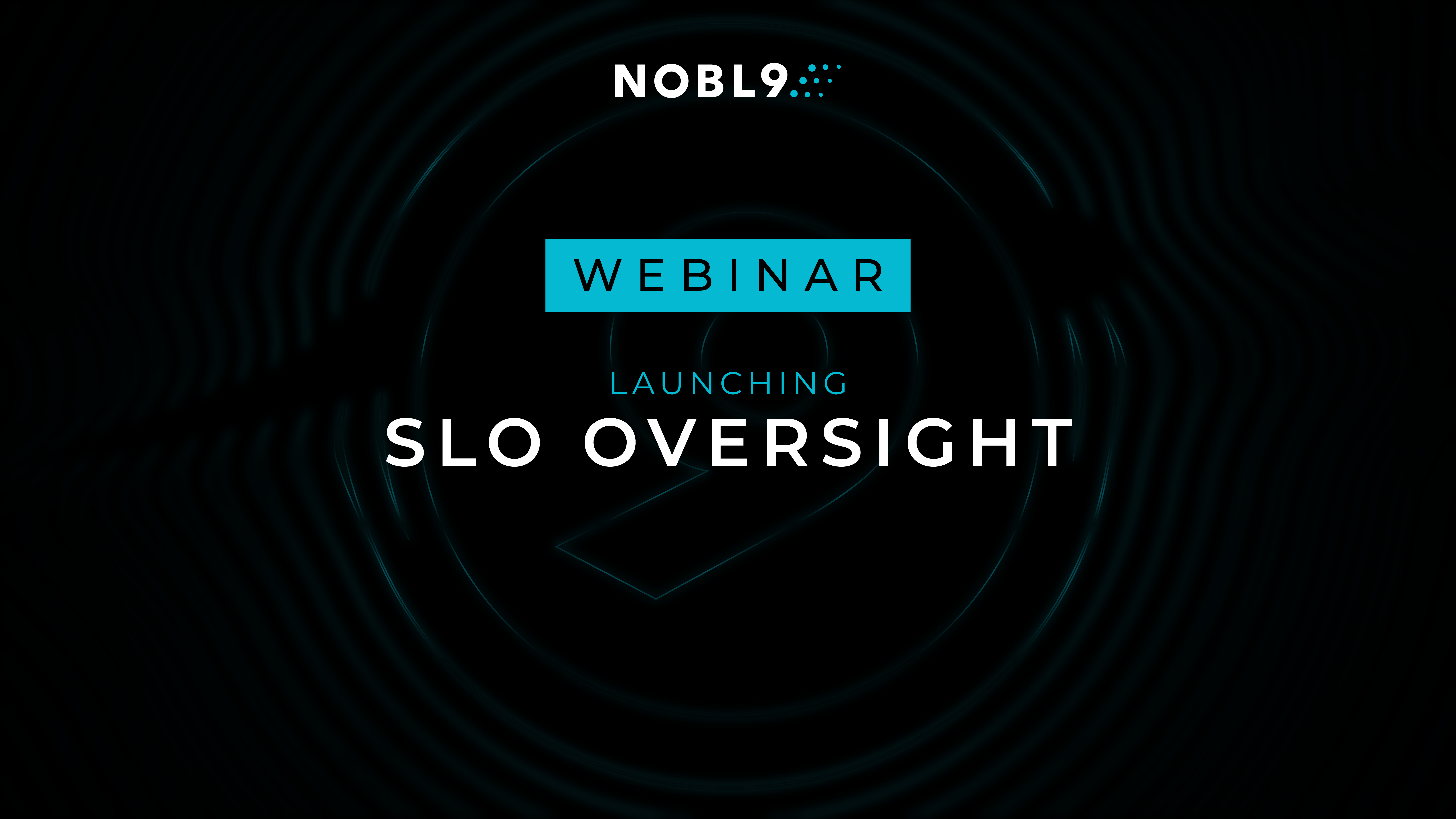| Author: Keri Melich
Avg. reading time: 2 minutes
In today's hyper-competitive digital landscape, the success of our software hinges on more than just its features and functionality. User experience, reliability, and performance are paramount. To meet these expectations, many organizations are starting to embrace the cultural shift that Service Level Objectives (SLOs) provide for a realistic means of managing their services – but SLOs are not a set it and forget it system. SLOs should be iterated regularly and slotted into the early stages of our software development lifecycle (SDLC). Before we dive in, let’s all get familiar with SLOs and SDLC:
Understanding Software Lifecycle Development (SDLC)
SDLC is a systematic approach to software creation that has evolved through various structured development models since its inception in the 1960s. These methodologies, including the Waterfall model, the V-Model, the Iterative Model, and the Agile model (introduced in 2001), each possess unique strengths tailored to specific project contexts.
For the purposes of this post, we’ll be using the following agile SDLC method:
Understanding Service Level Objectives (SLOs)
SLOs are specific, measurable targets that define the acceptable level of reliability and performance for a software service. Why are they important? They quantify our customer expectations and serve as the North Star for guiding development efforts. SLOs help us mitigate risks and issues early, providing a better overall service experience and most importantly building trust with our customers.
SLOs in SDLC
Here at Nobl9, we include SLOs in three major steps of our SDLC. It has tremendously helped us reform the way we think about our services from their inception and has removed a lot of friction specifically in the maintenance-end of our SDLC. We’ll highlight the three steps where we slot SLOs into our SDLC below:
02 ANALYZE
In the early stages of our SDLC when we are crafting our Product Requirement Documents (PRDs), we incorporate prospective SLOs. This strategic move ensures that we have the necessary monitoring systems in place to capture critical metrics right from the start. By doing so, we not only boost our confidence in project planning but also lay a solid foundation for performance and reliability.
Click here to download our PRD template
04 IMPLEMENT
The implementation phase is where SLOs continue to play a pivotal role. Leveraging our own Nobl9 platform, we seamlessly integrate SLOs into our CI/CD pipelines using annotation triggers. This automation empowers us to annotate releases and changes, facilitating swift investigations during on-call shifts. By keeping SLOs at the core of our implementation, we maintain a proactive stance towards service quality. Thanks to our simple to use Annotation API, companies like Trusted Shops have built tools to help integrate Nobl9 Annotations into CI/CD platforms like CircleCI. If your CI/CD supports custom scripts, you can also use our quick and easy python script to add annotations to your pipeline.
07 MAINTAIN
Incident response is a cornerstone of the maintenance phase within the SDLC. Our Incident Retrospective (retro) Documents serve as invaluable learning tools, fostering widespread knowledge sharing and continuous improvement. Within these retrospectives, we don't just reflect on incidents; we identify potential SLOs that could have helped us catch these issues earlier. This forward-looking approach bolsters our incident prevention strategies and contributes to the refinement of existing SLOs.
Click here to download our Incident Retro Template
SLOs at Nobl9
At Nobl9, the journey of integrating Service Level Objectives (SLOs) into our SDLC is an ongoing process. While tools like the SLO Development Lifecycle (SLODLC) and templates have been instrumental in our initial implementation, our commitment to success lies in the continuous incorporation of SLOs throughout our software development journey.
This holistic approach ensures that SLOs are not an afterthought but a guiding principle from project inception to maintenance and customer success. It empowers us to proactively manage service quality, minimize incidents, and ultimately deliver software that not only meets but exceeds user expectations. As we continue on this path of SLO-driven development, we remain dedicated to enhancing service reliability, performance, and, most importantly, user satisfaction.





.png)




.png?width=1200&height=628&name=Building%20Reliable%20E-commerce%20Experiences%20(42).png)
.png?width=1200&height=628&name=Building%20Reliable%20E-commerce%20Experiences%20(34).png)






Do you want to add something? Leave a comment